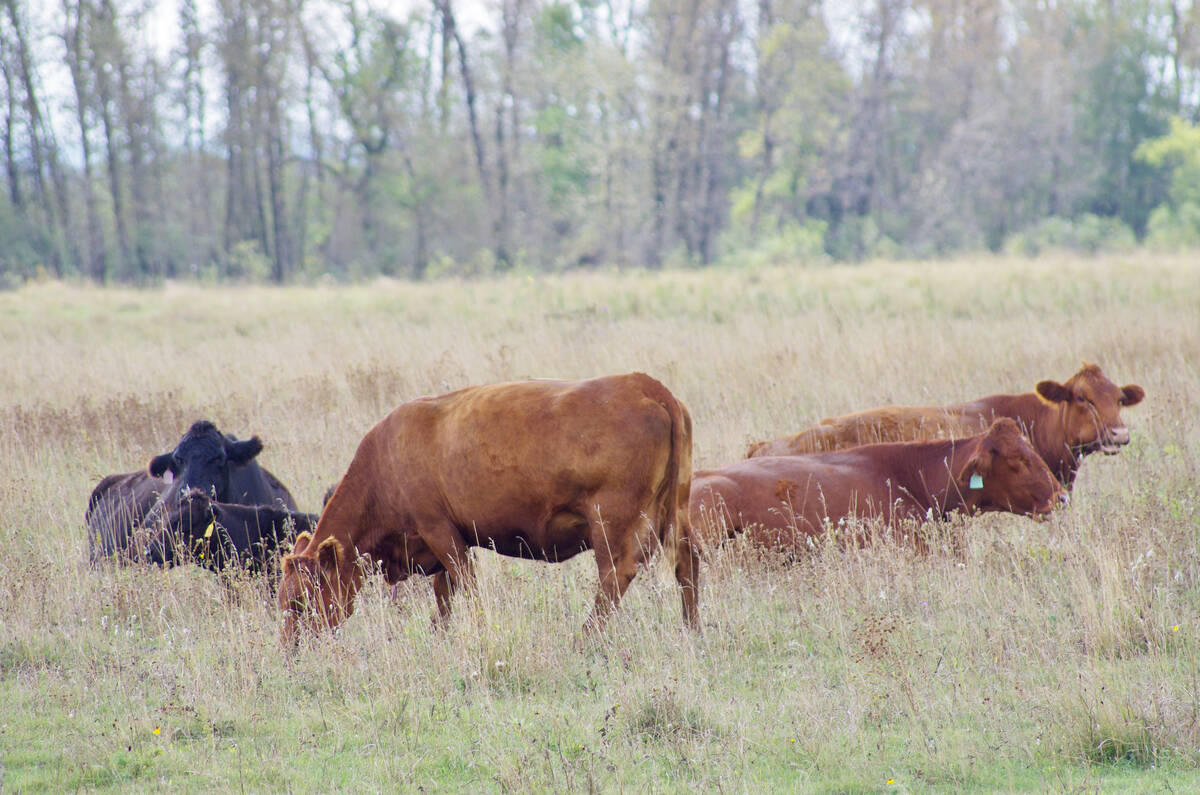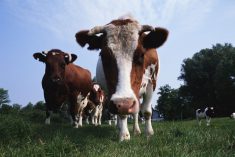CNS Canada — Western Canadian cash hog prices have been trending higher as supplies tighten and demand increases moving into the summer, two Prairie analysts say.
“A lot of that has to do with lower slaughter numbers, higher pork cutout values,” said Brad Marceniuk, a livestock economist with the Saskatchewan government in Saskatoon.
Hog numbers in the U.S. are moving lower due to seasonal factors — the numbers are highest in September and November — and stronger exports, notably to China.
“It’s not a huge decrease, but the trend has been lower numbers here the last month or so,” Marceniuk said.
Read Also

U.S. livestock: Chicago cattle futures climb on post-Thanksgiving trade
Chicago | Reuters – Chicago Mercantile Exchange’s live and feeder cattle futures ticked up on Friday in a day of…
Higher pork cutout values are linked to summer demand, which typically increases during barbecue season, he added.
“A lot of it is demand factors that come into play at this time of year, demand for grilling cuts,” said Tyler Fulton, director of risk management for H@ms Marketing Services in Headingley, Man.
This year’s cash market is tracking the trends seen last year, he said, expecting prices to continue moving higher until about mid-July, when supplies are tightest and prices peak.
H@ms pegs cash prices at about $67.70 per hundredweight for the week ended April 23.
Prospects for low feed costs this summer look favourable, Fulton said. “Generally, (corn and soybean) supplies are very, very high, and that means feed prices are quite depressed.”
Feed costs are contingent on weather conditions, he said. “But if we get another average, or above-average size crop, I think it would ensure that feed costs would likely be stable, or drop even further.”
— Jade Markus writes for Commodity News Service Canada, a Winnipeg company specializing in grain and commodity market reporting.












